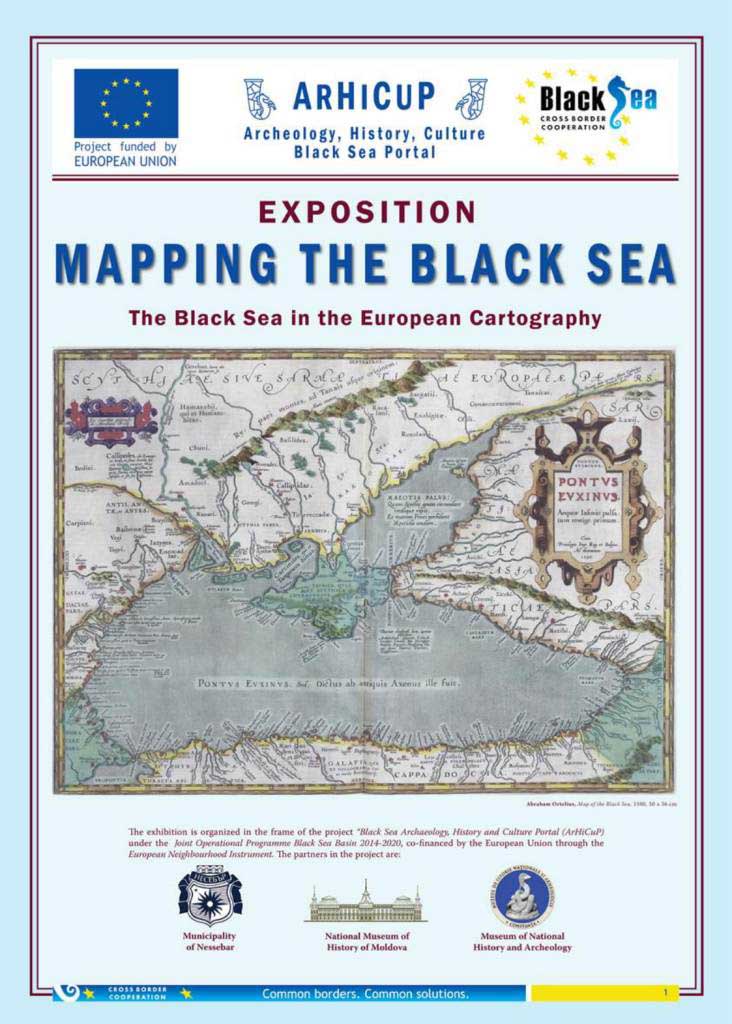
The earliest cartographic evidence of the Black Sea coast in antiquity is the map of the Black Sea made on the leather covering a shield from 230-240 AD. It was discovered during archaeological excavations of the fortress of Dura Europos on the Euphrates River in Syria. It predates the so called Tabula Peutingeriana (4th c.), an itinerary or guide produced by Roman engineers.
The development of commerce and navigation in the Mediterranean basin, carried out mainly by Italian city states of Venice, Genoa, Ancona, and Amalfi,required the creation of portolans, which described the ports, connections and distances between them and the easiest access routes. The most renowned masters of navigational charts were Petrus Vesconte from Genoa, Angelino de Delorto and Guillelmo Soleri from Majorca, among others. Hence map-makers' workshops in Venice, Genoa, Pisa, Amalfi and Majorca established the foundations of modern European cartography.
Abraham Ortelius was among the first Europeans to create historical maps, including one of the Black Sea. Conceptions of the Black Sea Coast in the 16th-18th c. appeared in the works of many European mapmakers, cartographers' guilds and workshops. Famous map-makers notable for their achievements include Nicolas and Guillaume Sanson, Guillaume de l'Isle, Johann Baptist Homann, Isaak Tirion, and Johann van der Bruggen.
The maps and geographic descriptions presented in the exhibition show that throughout the ages there were economically and scientifically minded people - scientists, sailors, ecclesiastics, merchants and military men - who overcome all obstacles and prohibitions for the sake of collecting, analyzing and providing information and knowledge, oriented not to the human faith, but to the humanist mind.
The exhibition is organized in the frame of the project "Black Sea Archaeology, History and Culture Portal (ArHiCuP) under the Joint Operational Programme Black Sea Basin 2014-2020, co-financed by the European Union through the European Neighborhood Instrument. The partners in the project are: Museum of National History and Archeology Constanta, National Museum of History of Moldova and Municipality of Nessebar.
The exhibition will be displayed in the National Museum of History of Moldova between 18 and 30 June 2021.

















































